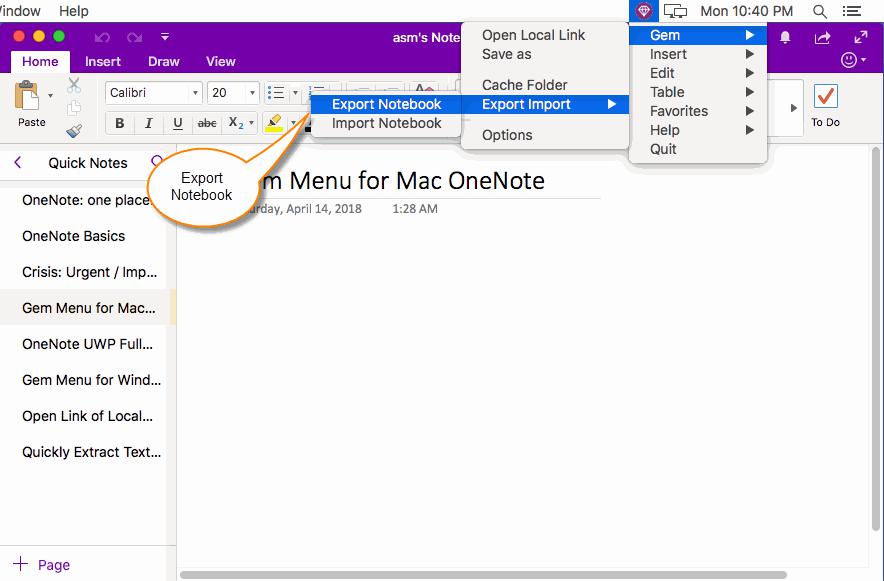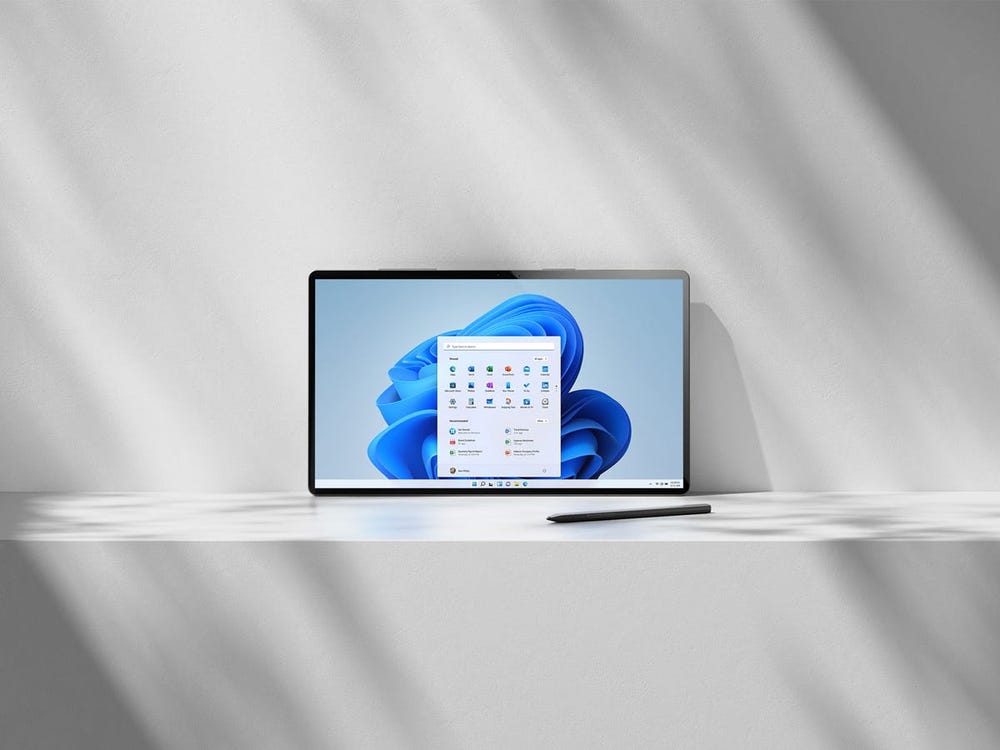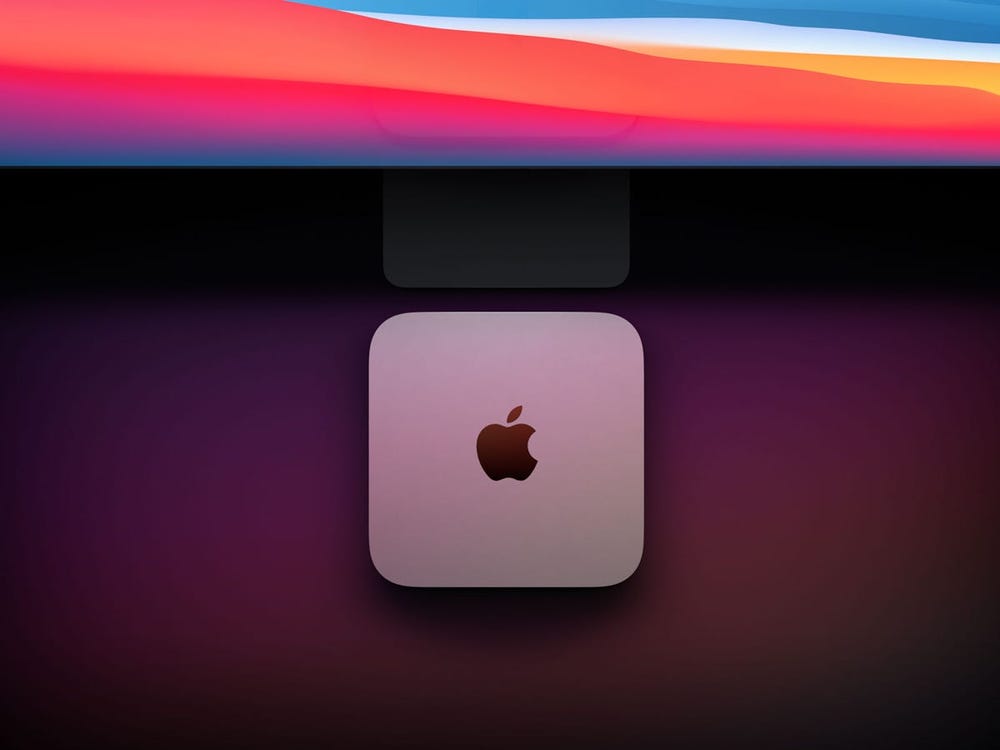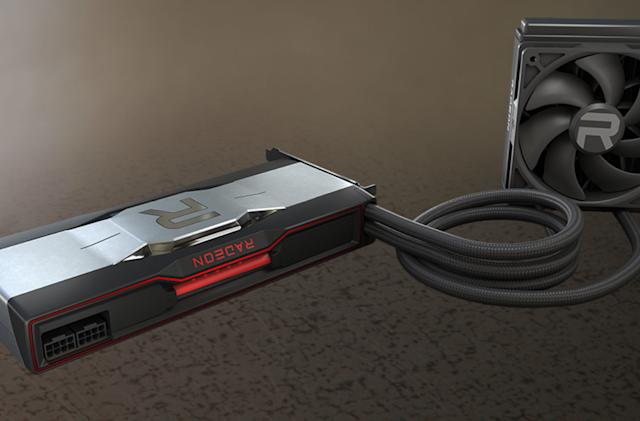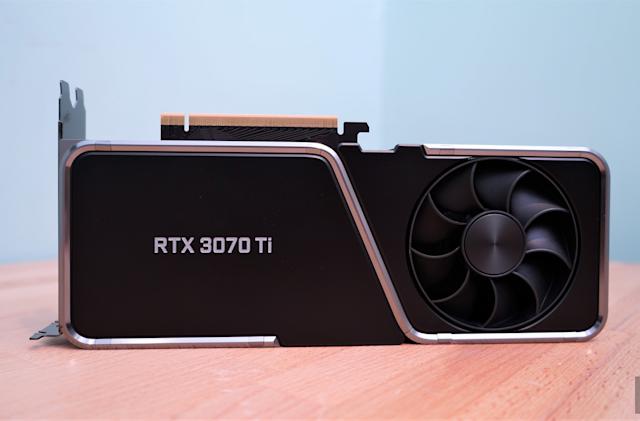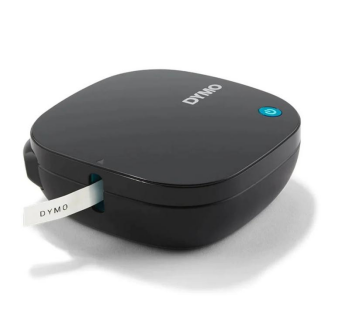Should students always keep their lab notebooks?
Table of Contents
When keeping a laboratory notebook a student should always?
What are the requirements for keeping laboratory notebooks?
How do you start a lab notebook?
How to save the science laboratory notebook?
Why is it important to keep an accurate laboratory notebook?
How do you prevent data loss in a lab notebook?
What procedures should always be followed before leaving the laboratory?
Why are lab notebooks written in pen?
What happens when you work alone in the laboratory?
Is it OK to work alone?
Is it safe to work alone?
What should you do after finishing work with a reagent bottle?
Why do we need to check the label on reagent bottles twice before removing any of the contents?
Why do we always replace tops of reagent bottles immediately?
What is generally the best approach when liquid from a large reagent bottle is needed?
What should never be worn in the laboratory?
What is the most appropriate action if a chemical has just splashed on a person’s face in lab?
Which types of shoes are appropriate to be worn in the laboratory?
What is the first thing to do when a chemical comes in contact with the skin?
What procedure should you follow if a liquid splashes in your face while you are wearing safety goggles?
When may you remove your goggles during lab?
What should you always wear over your eyes while in the lab even if your wear glasses?
When mixing chemicals students should always wear?
In what cases might you be asked to leave the laboratory?
What is the first thing to do in the event of an accident in the laboratory?
When keeping a laboratory notebook, a student should always: 1) Write on the numbered, duplicated notebook pages that are included in the back of the lab manual.
All data and observations recorded in the laboratory should be kept in a duplicating notebook and written in indelible ink. Data should never be recorded elsewhere for later recopying into the notebook. In particular loose scraps of paper are not permissible for records, since such loose scraps are often lost.
Either on the inside cover or on a separate cover page, you should write your full name and the year you are starting the notebook. Along with your name should be the name of the project associated with the lab notebook, and the lab’s mailing address with your principal investigator’s name.
READ:
What is good communication and bad communication?
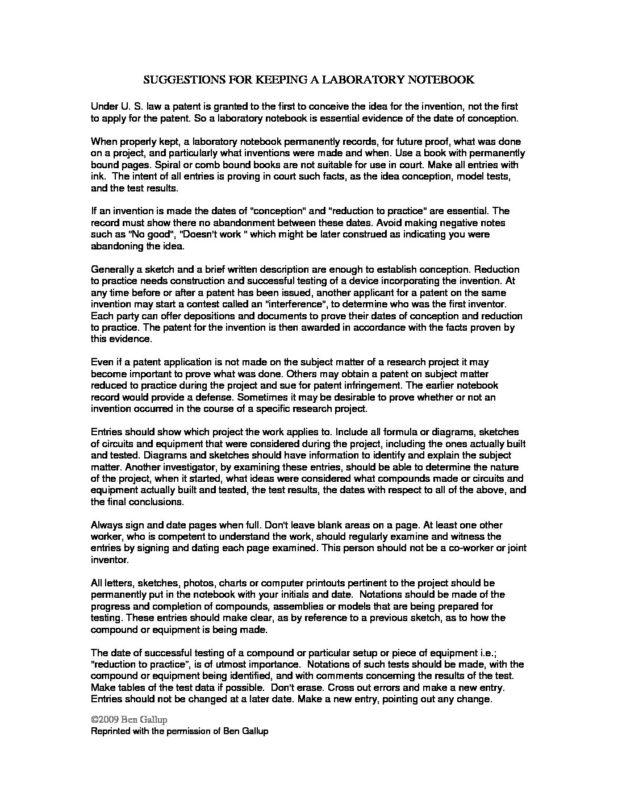
I keep things in chronological order and date every page of my paper notebook, and I often put the location of where I did the experiment or wrote my notes as well. If I tape something into the notebook, I sign and date across the tape. If I go back and change something on an old page, I sign and date the change.
A very important reason to keep a lab notebook is if you plan to publish papers or patent something that comes from the research. But, by keeping a lab notebook, you will have a clear track record of the research and data to support your claims. Another point to note here is then the integrity of the data and records.
If this results in blank pages appearing in your notebook, simply draw a single diagonal line across the blank page(s) to avoid additional data entry; positioning the start of each experiment on an odd page will make it easier for you to locate experiments at a later date.
Before leaving the lab, you’ll need to make sure it’s thoroughly cleaned so it’s ready and safe to work in again. Make sure to clean all used glassware, return reagents to the storage area, dispose waste in the right containers and clean your workbench.
Writing with permanent ink ensures that another person cannot alter your notes accidentally or intentionally. A second reason to avoid the use of pencil is that constant handling of the notebook causes the pencil writing to become smudged and illegible.
Is it okay to work alone in the laboratory? Working alone should be avoided. Working with hazardous materials and equipment always poses risks to researcher health and safety. However, these risks are heightened when working alone because help is not readily available in case of a mishap.
Working alone is completely legal and is usually safe to do so. However, a risk assessment must have been carried out on lone working activities beforehand and determined to be safe.
READ:
What did Winston Churchill think of the atomic bomb?
In short, no! It’s not against the law to work alone, and in many cases, it’s perfectly safe to do so. It is, however, the responsibility of all employers to provide a safe working environment for its employees.
What should you do after finishing work with a reagent bottle? Return the bottle to its proper storage location.
Check labels twice – Be sure you are using the correct chemical. DOUBLE CHECK THE LABEL on the bottle before you remove the chemical. To avoid contamination of the chemical reagents, never insert droppers, pipets, or spatulas into reagent bottles.
Always replacing bottle tops as soon as you have finished dispensing reagents since many compounds react with moisture in the air, with oxygen or with carbon dioxide. Others are volatile and evaporate. If you do remove the reagent from the common work area temporarily, replace it as soon as possible.
The best approach would be to pour the liquid from the large reagent bottle into a small-size beaker or reagent bottle first, before measuring the required quantity out into the reaction vessel. This is necessary in order to maintain safety in the laboratory.
Avoid wearing the following items to lab:
Contact lenses.
Tank tops or cropped shirts.
Mesh shirts.
Shorts or skirts that do not cover your knees when you are sitting.
Sandles, flip-flops, or other shoes that do not completely cover your feet. Sandles with socks is not considered appropriate attire.
What is the most appropriate action if a chemical has just splashed on a person’s face in lab? Wash face without removing goggles if the eyes are not yet affected. Indicate inappropriate attire for a laboratory setting.
ACCEPTABLE footwear that provides protection and is commonly worn in the laboratory work includes fabric-covered shoes (e.g., athletic shoes, sneakers) and perforated leather shoes. These shoes, however, may be susceptible to liquid penetration.
READ:
What responsibilities do you have relating to child protection?
Get medical attention immediately. If this chemical contacts the skin, wash the contaminated skin with soap and water. If this chemical contacts the skin, immediately wash the contaminated skin with soap and water.
If a chemical splashes on your face while you are wearing goggles, DO NOT REMOVE your goggles. Wash the affected area and then carefully remove your goggles. Burns: Flush the area with cool water for 20 minutes and notify the instructor.
Goggles are to be put on as soon as you enter the lab. Do not remove them until you are ready to leave the lab. If you do not follow the rules for wearing safety goggles, you will be asked to leave the lab and will receive a zero for the day’s experiment.
For these reasons, eye protection is crucial in the laboratory. You will be issued a pair of safety glasses or goggles during check-in. You must wear safety glasses at all times while in the laboratory. If you wear glasses, safety glasses must be worn over them.
Wear an apron or a smock to protect your clothing in the laboratory when using chemicals. 7. Tie back long hair, and secure any loose-fitting clothing. 8.
2. Responsible behavior is essential. The dangers of spilled acids and other chemicals and broken glassware created by Thought less actions are too great to be tolerated. Reckless and careless students can be asked to leave the lab.
In case of a lab fire or explosion, ensure your safety first and call emergency responders immediately for help. Evacuate the building safely and pull fire alarms or notify nearby people, if possible. Don’t use elevators. Use stairs and locate the nearest exit.
Latest: Microbiology Resource Center
